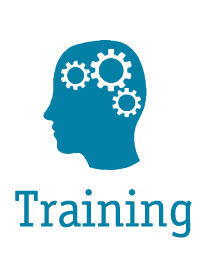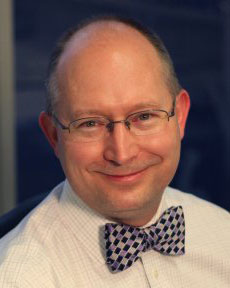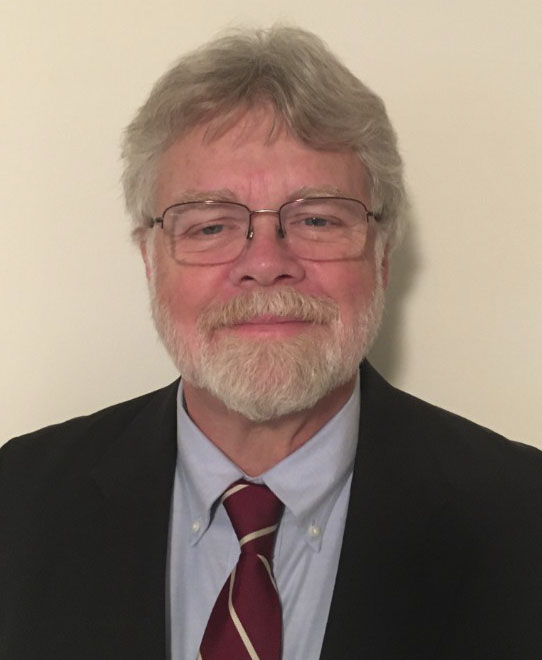|
For More Information, Contact: |
 The Applied Technology Council (ATC) and Multidisciplinary Center for Earthquake Engineering Research (MCEER) are pleased to announce the ATC-29-2 Seminar on Seismic Design, Performance, and Retrofit of Nonstructural Components in Critical Facilities, the third in a series of ATC/MCEER seminars on this subject first held in October 1990. Funded by the National Science Foundation, the purpose of the Seminar is to present current research, practice, and informed thinking pertinent to seismic design, performance, and retrofit of nonstructural components and distribution systems in buildings, with a special focus on critical facilities. The seminar components and systems include: supports and bracing for elevator systems, ceilings, partitions, cladding, glazing, contents, water piping systems, and mechanical and electrical equipment. Nonstructural components or systems in facilities with critical functions (e.g., computer centers, hospitals, manufacturing plants with especially hazardous materials, museums with fragile/valuable collection items) are of special interest.
The Applied Technology Council (ATC) and Multidisciplinary Center for Earthquake Engineering Research (MCEER) are pleased to announce the ATC-29-2 Seminar on Seismic Design, Performance, and Retrofit of Nonstructural Components in Critical Facilities, the third in a series of ATC/MCEER seminars on this subject first held in October 1990. Funded by the National Science Foundation, the purpose of the Seminar is to present current research, practice, and informed thinking pertinent to seismic design, performance, and retrofit of nonstructural components and distribution systems in buildings, with a special focus on critical facilities. The seminar components and systems include: supports and bracing for elevator systems, ceilings, partitions, cladding, glazing, contents, water piping systems, and mechanical and electrical equipment. Nonstructural components or systems in facilities with critical functions (e.g., computer centers, hospitals, manufacturing plants with especially hazardous materials, museums with fragile/valuable collection items) are of special interest.
The 2-day Seminar will be held October 23-24, 2003 in the Los Angeles, California area at a site to be announced later.
The Seminar program has been developed for design professionals, regulators, researchers, manufacturers and contractors, insurers, owners, and facility managers. Themes and topics to be addressed include:
- Current practice and emerging code provisions and guidelines;
- Observed seismic performance and databases;
- Performance evaluation analysis and reliability and fragility estimation;
- Shake table and seismic qualification testing;
- New developments in performance based engineering;
- Use of advanced technologies (isolation systems, damping systems, other);
- Retrofit strategies; and
- Multi-hazard mitigation issues, including the effects of blast.
The Seminar Steering Committee is seeking papers pertaining to the above themes and topics. Verbal presentations are planned but the Steering Committee is also considering the possibility of including poster papers. Persons wishing to present a paper at the Seminar are requested to submit an abstract of their paper to ATC on or before July 29, 2003. Abstracts should be one page, typewritten (single spaced) and not more than 250 words in length. Please indicate in the upper right corner of the abstract the format of presentation preferred (verbal or poster). Abstracts should be submitted to: ATC-29-2 Project, Applied Technology Council, 201 Redwood Shores Parkway, Suite 240, Redwood City, CA 94065;
Fax: 650/593-2320; E-mail, This email address is being protected from spambots. You need JavaScript enabled to view it..
Authors of accepted abstracts will be notified by August 10, 2003. Written versions of papers presented at the Seminar, not to exceed 14 pages in length, will be due September 26, 2003 in order to publish the Seminar Proceedings for the opening day of the Seminar.
An exhibition space is planned and exhibits are encouraged.




 Michael Valley
Michael Valley